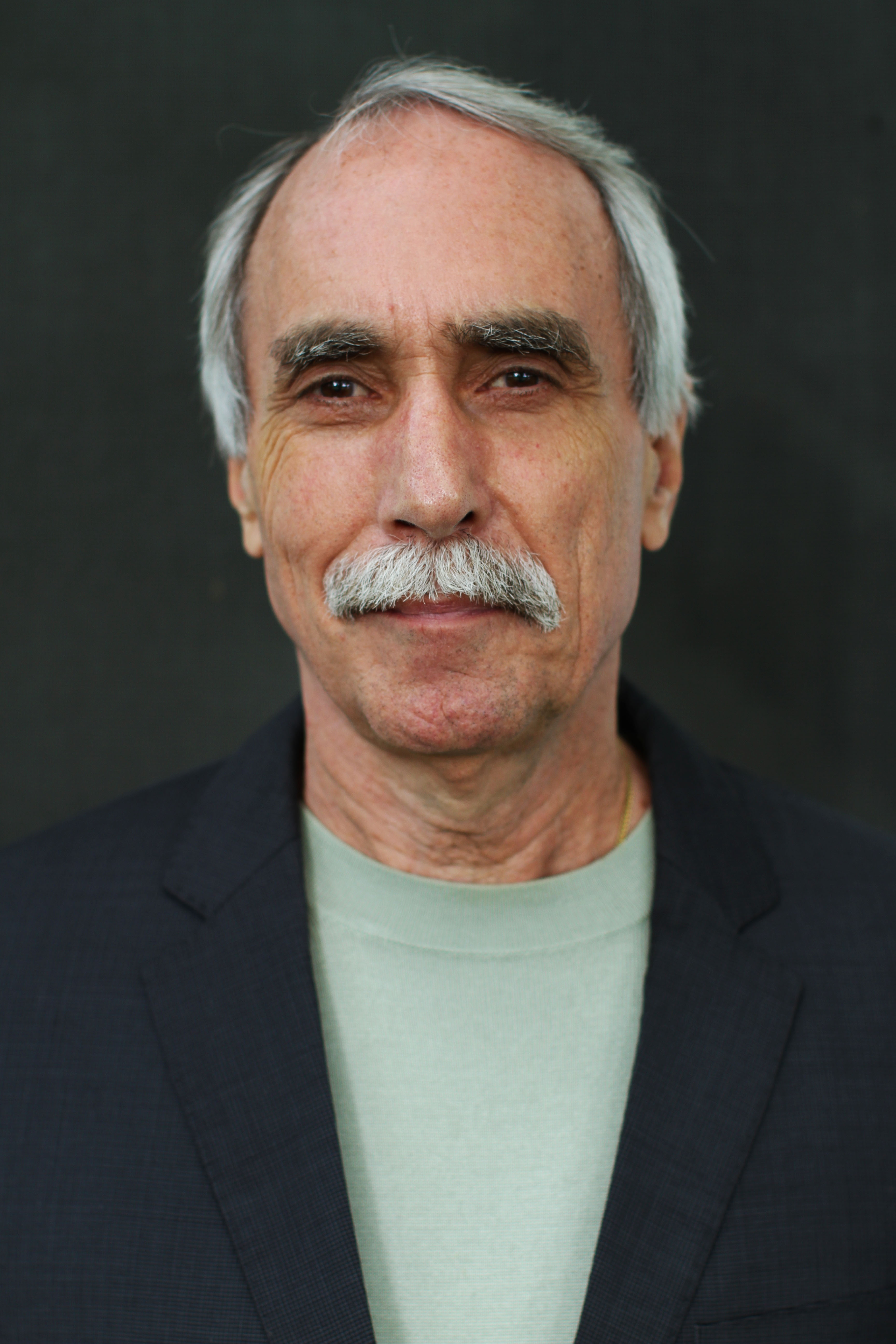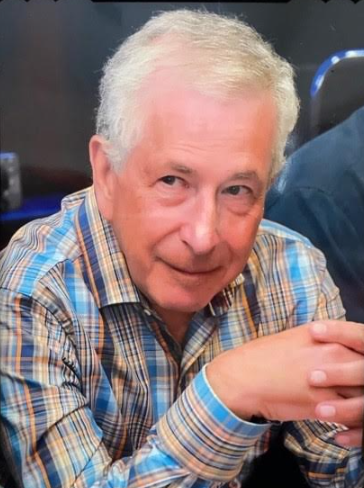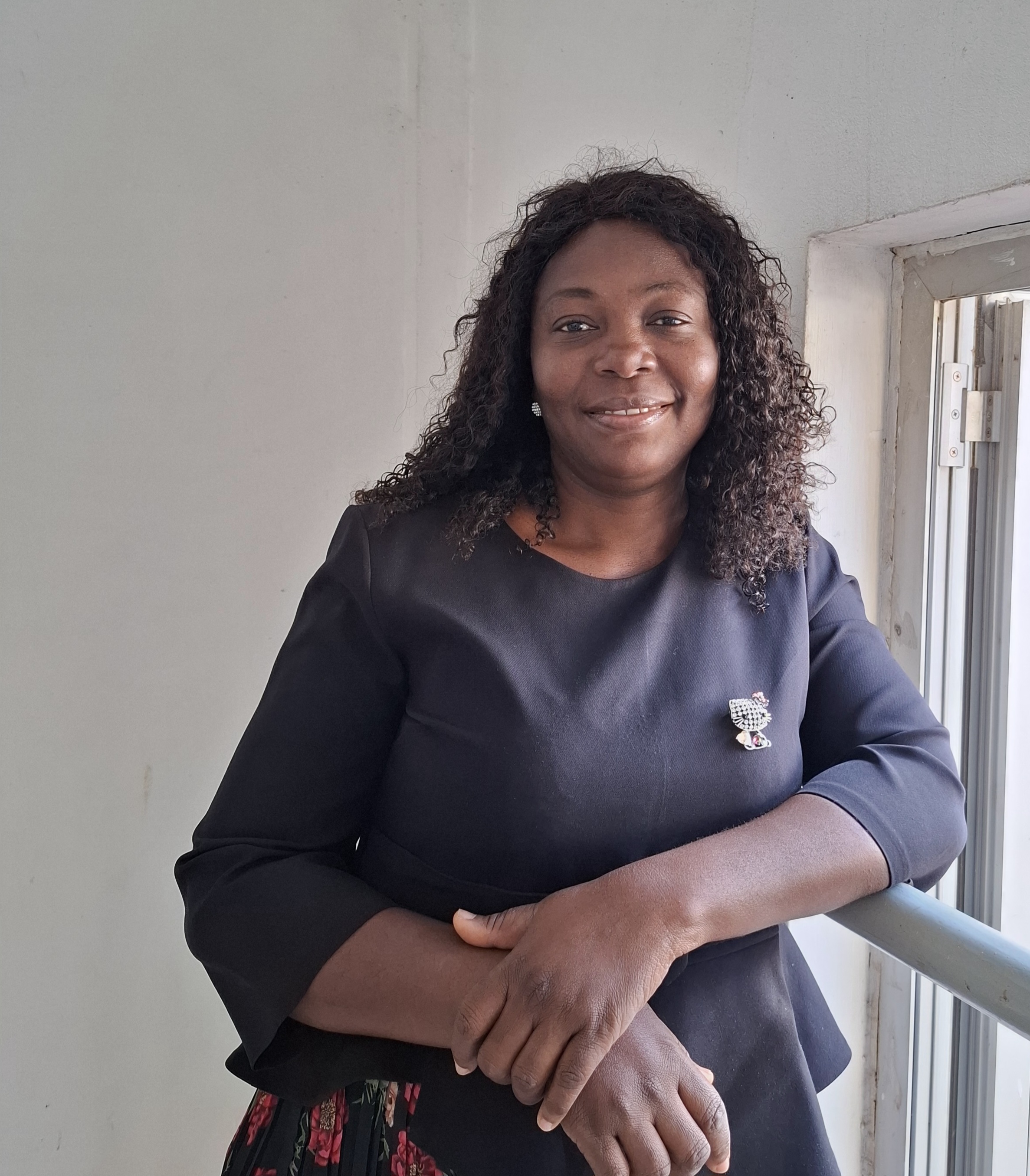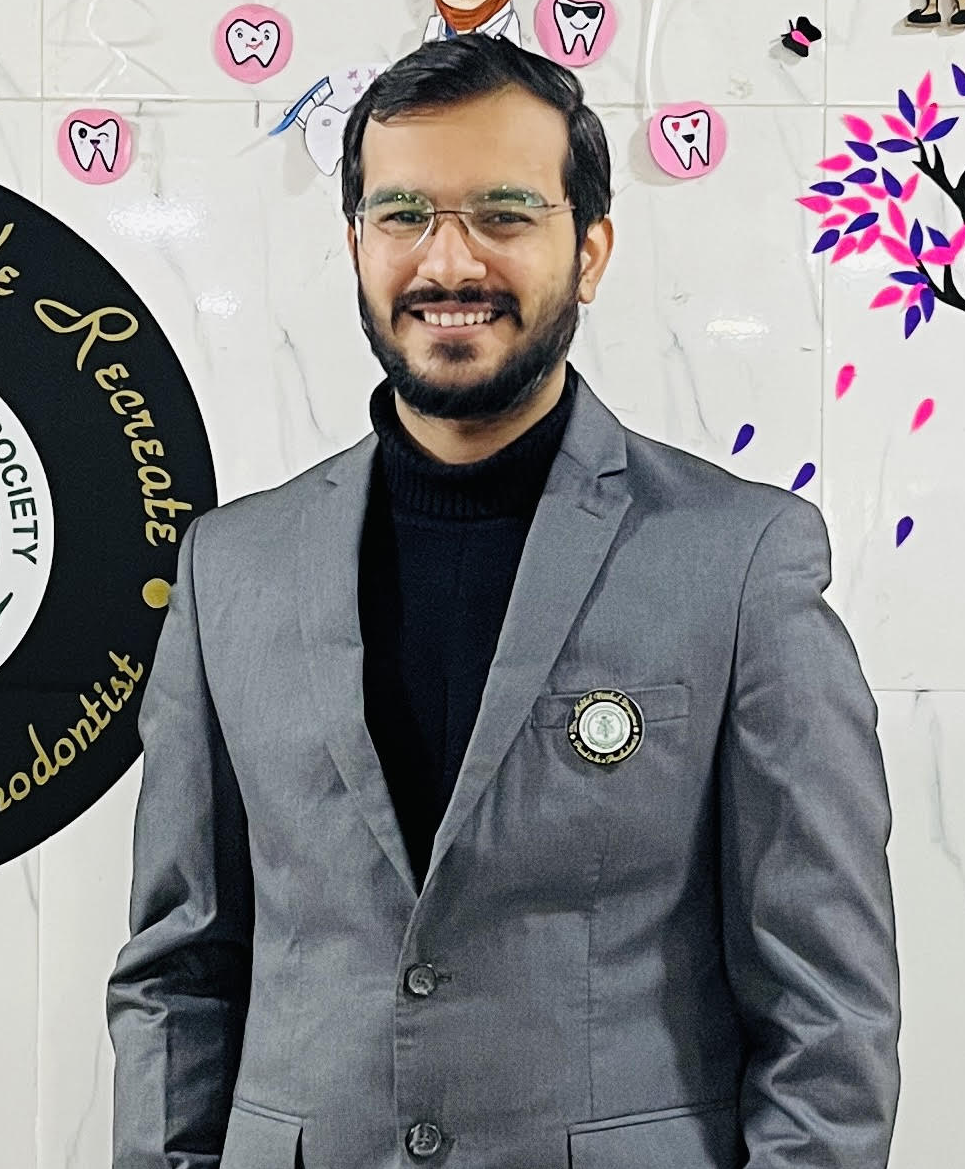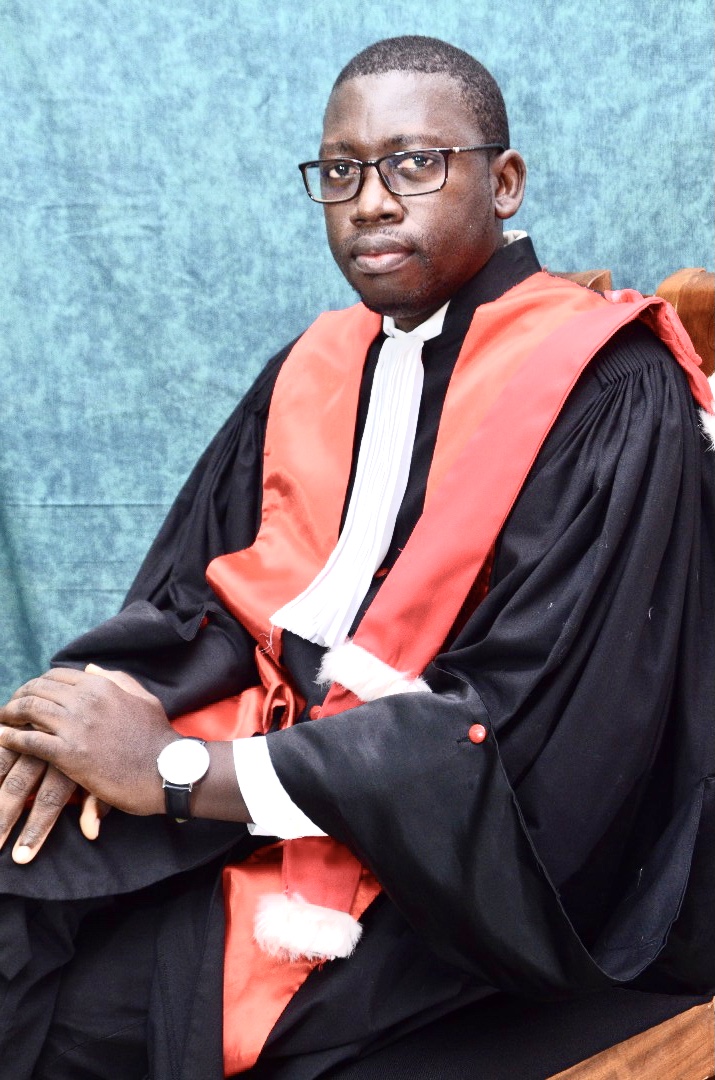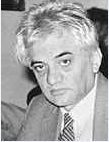Research Article
Experimental Study of the Biological Properties of the New Mesh Implant «Niprocel»
- Yakubov Farkhod Radjabovich 1*
- Ruzibaev Rashid Yusupovich 1
- Sapaev Duschan Shukhratovich 1
- Babajanov Kudratbek Bakhtiyarovich 1
- Mardonov Jamshid Normurotovich 2
- Khayitboeva Komila Khujayazovna 1
- Matkurbonov Navruz Odilbek ogli 1
1Urgench branch of Tashkent Medical Academy, Republic of Uzbekistan, Urgench.
2Republican specialized scientific and practical medical center for surgery named after academician.
*Corresponding Author: Yakubov Farkhod Radjabovich, Urgench branch of Tashkent Medical Academy, Republic of Uzbekistan, Urgench.
Citation: Radjabovich Y.F, Yusupovic R.R, Shukhratovich S.D, Bakhtiyarovich B.K, Normurotovich M.J, et al. (2025). Experimental Study of the Biological Properties of the New Mesh Implant «Niprocel», International Clinical Case Reports and Reviews, BioRes Scientia Publishers. 3(2):1-7. DOI: 10.59657/2993-0855.brs.25.028
Copyright: © 2025 Yakubov Farkhod Radjabovich, this is an open-access article distributed under the terms of the Creative Commons Attribution License, which permits unrestricted use, distribution, and reproduction in any medium, provided the original author and source are credited.
Received: February 06, 2025 | Accepted: February 27, 2025 | Published: March 03, 2025
Abstract
Introduction: The article presents experimental studies on the assessment of the biological properties of the new mesh implant «Niprocel», as well as verification of the features of its interaction with tissues. The aim of the study is to improve the results of allohernioplasty in postoperative ventral hernias by developing and clinically experimentally substantiating a new domestic mesh implant.
Materials and Methods of Research: This series of experiments is a mandatory preclinical study. The study is based on the study of the biological properties of the first domestic mesh prosthesis for use in surgery of ventral hernias. According to modern requirements for the development of new medical devices, certain experimental and clinical studies are required to introduce them into clinical practice. A modified model of postoperative hernia was used in experimental studies on 24 white mongrel rats. The technique consisted of a median laparotomy. Next, the aponeurosis of the rectus abdominis muscles was sutured with a continuous suture using a thin 3/0 prolene thread with the ends of the thread being removed to the skin up to 0.5 cm long.
The Results of the Study: On the 7th day after the formation of the hernia, after preliminary fasting for 12 hours, the experimental animals were taken to the operating room. Surgical interventions by the above method were performed in 12 cases using the Esfil grid and in 12 cases using the Niprocel grid. Based on experiments, macroscopic and morphological (microscopic) signs of the effects of esfil in the control group and "Niprocel" in the experimental group on tissues were compared at different times and a comparative assessment was given to them.
Conclusion: To reduce the impact of tissue damage during the manufacture of the Niprocel implant, its adhesion ability to wet tissues, hemostatic properties, as well as bactericidal properties were taken into account. The composite coating is biodegradable and must be completely eliminated within 7-10 days. Unlike other composite wound coatings and implants, biopolymers in the composition of Niprocel have high hygroscopic properties, and when in contact with blood in the wound area, they absorb it and create a neutral environment.
Keywords: niprocel; herniology; allohernioplasty; ventral hernia; purulent-inflammatory complications; experimental study
Introduction
The relevance of the problem. Prosthetic repair of ventral hernias continues to gain popularity, but surgeons are likely to encounter a large number of patients with mesh-related complications, as no technique or material for hernia repair has demonstrated immunity to these complications [1,2,3]. Unfortunately, despite the introduction of numerous new methods and methods of allohernoplasty, there is no "ideal" one that meets all the requirements of surgery. Almost every method has disadvantages. However, it has been clearly demonstrated that the use of mesh to enhance recovery is associated with a much lower risk of recurrence compared to local tissue plastic surgery [4,5,6-9]. Therefore, research on the development of new different approaches and methods remains an urgent task of modern surgery, while taking into account not only the size of the initial hernial defect, the type of plastic surgery, the exact anatomical location of the mesh, the technique of mesh fixation, but also the improvement of mesh material, which would help reduce the incidence of various wound and abdominal complications. In the light of the above, the improvement of technologies in the treatment and prevention of postoperative ventral hernias is particularly relevant and has great practical significance for clinical medicine.
Materials and methods of research. The study is based on the study of the biological properties of the first domestic mesh prosthesis for use in ventral hernia surgery. According to modern requirements for the development of new medical devices, certain experimental and clinical studies are required to introduce them into clinical practice. Upon receiving positive results of this analysis, the product can be recommended for production, sale and use in clinical surgery. A group of scientists from the Republican specialized scientific and practical medical center for surgery named after academician V. Vahidov and the Kharezm Regional Multidisciplinary Medical Center developed a new composite coating for a mesh prosthesis, which, with the support of “EIRENE” limited liability company (Republic of Uzbekistan), was used to create the first domestic Niprocel mesh implant for use in herniology in allohernioplasty of ventral hernias.
Active ingredients of the Niprocel implant with composite coating:
Polypropylene thread; Sodium carboxymethylcellulose (Sodium salt of cellulose glycolic acid, CMC, Sodium Carboxyl methyl cellulose) purified; Oxidized viscose; Calcium chloride; Mass obtained from a soluble fraction of collagen in distilled water according to Interstate standard 6709; Medical glycerin; Methylene Blue (blue).
The objectives of this series of experimental studies included:
Assessment of the effect of the Niprocel composite mesh coating on biological tissues. Analysis of the results of alloplasty using the Niprocel implant in an experiment. 5 different samples of polypropylene-containing monomers were studied. The samples were marked with Latin letters.
A modified model of postoperative hernia was used in experimental studies on 24 white outbred rats. The technique consisted of median laparotomy. Next, the aponeurosis of the rectus abdominis muscles was sutured with a continuous suture using a thin 3/0 prolene thread with the ends of the thread removed to the skin up to 0.5 cm long. The skin wound was sutured with a continuous suture with 3/0 non-absorbable threads. On the 5th day after surgery, the thread from the aponeurosis was removed by pulling on the removed ends. The hernia formed within 3-5 days after the removal of the thread. The formed hernia was characterized by the presence of large hernial gates and prolapse of internal organs. The results of the study. On the 7th day after hernia formation, after pre-starvation for 12 hours, the experimental animals were taken to the operating room. General anesthesia was achieved by inhalation of isoflurane vapors. Relaparotomy along the course of the previous skin incision along the midline of the abdomen. Isolation of the hernial gate and mobilization of the anterior surface of the abdominal wall by 1 cm from the edges. Fixing a 1x3 cm mesh in the onlay position with 3/0 prolene nodal seams. Stitches on the skin (fig. 1). Surgical interventions using the above method were performed in 12 cases using the Esfil grid and in 12 cases using the Niprocel grid. Based on experiments, macroscopic and morphological (microscopic) signs of the effects of esphil in the control group and Niprocel in the experimental group on tissues were compared at different times and a comparative assessment was given to them.
Figure 1: Hernia alloplasty in the onlay position in the experiment.
Visual (macroscopic) changes on the 7th day of the experiment
On the 7th day after plastic surgery, the animals are active and move freely around the cage. They take food and water. Examination from the wound side revealed no complications in the experimental group of animals. In the control group of animals, signs of infection were detected in 3 operated rats. During euthanasia of animals with uncomplicated course, the mesh is firmly fixed in the soft tissues of the anterior abdominal wall, there is no effusion. A delicate early connective tissue capsule is formed around the implanted mesh. In the control group of animals where the wound was infected, there was a skin wound with signs of inflammation, but the sutures were well. When removing the skin sutures, the presence of a small accumulation of cloudy fluid in the place of the implanted odorless mesh is determined. The mesh is not tightly fixed to the tissues and, after removing the seams, easily moves away from the anterior abdominal wall. Fibrin filaments are detected at the mesh implantation site.
Morphological changes on the 7th day of the experiment
In the control group: At that time, the inflammatory process prevailed in the control group with major exudative-necrobiotic changes. This is a consequence of the direct effect of the synthetic polymer (mesh) on the development of the inflammatory process that occurs in the area of injury. For this reason, necrosis zones were observed during these periods. Necrotic changes of varying degrees are observed in the layer between the polymer (mesh) and soft tissues. Focal or diffuse lymphocyte-leukocyte infiltration spreads throughout the layer, chaotic changes in the connective tissue layer, thickening, expansion and stasis of the vascular wall, diapedesis of erythrocytes around the vessel, edema throughout the layer are observed (Fig. 2). In the experimental group, minor neutrophil infiltration was mainly observed. Slight edema of varying degrees was detected in the layers of the histological lesion (Fig. 3).
Figure 2: Surgical wound area. The degree of necrotic changes varies between the muscle layers, polymer and soft tissues. Diffuse lymphocyte-leukocyte infiltration, varying degrees of tissue edema. The control group 7 days.
Figure 3: "Niprocel" and histological layers of impact on biological tissues in the wound area. Mild edema and diffuse weak neutrophil infiltration are detected. An experienced group. 7 days.
Visual (macroscopic) changes on the 14th day of the experiment
On the 14th day after hernia alloplasty, the skin sutures showed no signs of infection or infiltrates. After euthanasia of animals in the control and experimental groups of animals, the tight fixation of the mesh to the abdominal wall and the formation of a capsule around the mesh threads were determined. Upon opening the abdominal cavity, the adhesive process between the internal organs was not detected. However, in the control group, along with the implantation of the mesh into the soft tissues of the anterior abdominal wall, there was an adhesive process with an omentum in the form of cords (Fig. 4).
Figure 4: Control. 14 days after postoperative hernia repair. There is an adhesive process of the anterior abdominal wall with an omentum.
Morphological changes on the 14th day of the experiment
In the control group: On the 14th day of the experiment, chaotic fibroblasts formed between the synthetic polymer (Esp) and biological tissues. Microscopy of the preparations in the implantation area shows the surrounding of the implanted prosthesis of a wide area of newly formed connective tissue with reactive productive inflammation (focal infiltrates, traces of lymphocytes and a foreign needle of the giant cell type) (Fig. 5).
Figure 5: The area of influence of Esfil is a synthetic polymer. Chaotic fibroblasts formed between the synthetic polymer and biological tissues. The vessel wall is thickened and enlarged. Focal lymphocytic infiltration. The control group. 14 days.
In the experimental group: in the Niprocel mesh implantation area, the reaction to foreign tissue was determined, which is represented by cellular infiltration, the presence of lymphocytes, plasma cells, macrophages and fat cells. Loose fibers of connective tissue are formed, with edema and preserved newly formed vessels. The presence of giant cell foreign bodies, secondary inflammatory cells and fibrosis was noted, but their number was significantly lower when using a standard mesh. On the 21st day after alloplasty in both groups of animals, the skin wound had completely healed with the formation of a delicate linear scar. After dissection of the skin along the scar, an adhesive process with an implanted mesh on the anterior abdominal wall is determined. The mesh is difficult to separate from the soft tissues in an acute way. When opening the abdominal cavity, adhesions with internal organs are not detected. The changes from the wound and the implanted prosthesis were identical in the experimental and control groups of animals. On the 30th day after alloplasty of the postoperative hernia, complete healing of the skin wound was also detected in the onlay position. The mesh was completely attached and fixed by adhesions to the anterior abdominal wall, it did not move when pulling up. There are no adhesions to the abdominal organs. The abdominal organs were intact.
Morphological changes on the 21st and 30th days of the experiment
In the control group: on the 21st day of the study, in the group where Esfil was used in the online modeling method, although proliferative processes began to prevail, inflammatory processes persisted with reactive changes between biological tissues and the synthetic polymer Esfil. At the same time, regeneration of coarse connective tissue formations and lymphocyte-macrophage inflammatory infiltration was observed in the affected area (mainly between the peritoneum and the synthetic polymer) in almost all areas, especially between the strands of the mesh (Fig. 6). By the 30th day of the experiment, connective tissue prevails in the rearrangement of the layers in the alloplastic zone. Coarse adhesions with well-developed connective tissue were detected in the areas of exposure of synthetic polymer (mesh) and soft tissues. Although weak, lymphocyte-macrophage inflammatory infiltration persisted.
Figure 6: Esfil is a synthetic polymer and a zone of impact on soft tissues. The predominance of proliferative inflammatory processes. Formative regeneration of coarse connective tissue between soft tissues and synthetic polymer, lymphocyte-macrophage inflammatory infiltration. The control group. 21 days.
In the experimental group: The above-described inflammatory process had practically subsided by day 21, and the proliferative phase of inflammation began to prevail. The Niprocel samples had significantly fewer histiocytes and eosinophils. The lack of reactivity was confirmed by the discovery of the fact that a significant reduction in fibrosis was found. In the area of contact with Niprocel, there was activation of the neovascularization process in the connective tissue and surrounding histomorphological layers (Fig. 7).
Figure 7: "Niprocel" and the area of impact on biological tissues. There are few histiocytes and eosinophils in the tissue layers. Orderly arrangement of the fibrous layer and the beginning of the neovascularization process. An experienced group. 21 days.
After 30 days, the number of giant cells continued to decrease when using Niprocel. Eosinophilia and histiocytes were significantly reduced and there were less fibrosis around Niprocel. When using Niprocel, there was also less tissue damage, while there was a large stage of neovascularization. This is a positive indicator of healthy tissue (Fig. 8).
Figure 8: The "Niprocel" between the histomorphological layers. A condition without inflammatory infiltration of fibrous tissue between the fibers of the mesh. A well-developed process of neovascularization. An experienced group 30 days.
Thus, experimental studies in laboratory animals have shown that, unlike standard polypropylene prostheses (Esp), the implantation of the Niprocel mesh in the onlay position due to the developed composite coating reduces the activity of local inflammatory processes, the risk of purulent complications from the wound, and is characterized by better adhesion of the mesh to the anterior abdominal wall and less the degree of wrinkling due to the formation of a softer, uniform capsule without excessive folding and thickening.
Conclusion
To reduce the impact of tissue damage during the manufacture of the Niprocel implant, its adhesion to wet tissues, hemostatic properties, and bactericidal properties were taken into account. The composite coating is biodegradable and must be completely eliminated within 7-10 days. Unlike other composite wound coatings and implants, the biopolymers in Niprocel have high hygroscopic properties, and when in contact with blood in the wound area, they absorb it and create a neutral environment. This, in turn, is the reason for the lack of responses in the affected tissues. Unlike cellulose, oxidized viscose is characterized by high hygroscopic and sorption properties, ease of hydrolysis and oxidation. Due to this, this polymer is also hypoallergenic and has high hygienic quality indicators. At the same time, it loses its strength in the aquatic environment over time. Given that water-soluble cellulose derivatives lose their properties for a short time, a water-soluble collagen fraction is added to the composite material on the mesh surface for a longer time, which gives the coating greater elasticity and also retains its properties longer (for 7-10 days).
Further, comparative studies of hernia alloplasty using the developed Niprocel mesh with the well-known Esfil mesh were carried out. To better demonstrate the effectiveness of plastic surgery, an experimental postoperative hernia of the anterior abdominal wall in rats was chosen as a model. All animals underwent corrective plastic surgery using 2x1 cm grids in an online position. The results of surgical interventions were evaluated macroscopically (a high-resolution digital camera), as well as microscopic examinations of biopsies at various times after surgery. It was found that the Niprocel mesh with a composite coating causes a lower inflammatory effect in the immediate period after implantation, which is manifested by a decrease in the frequency of purulent-inflammatory complications from the wound, better adhesion of the mesh to the anterior abdominal wall, a decrease in the cellular inflammatory response, as well as the reaction of giant cells to a foreign body in comparison with the well-known Esfil mesh. The conducted studies led to the conclusion that the Esfil mesh implant causes a pronounced reaction of the surrounding tissues within 7-10 days after implantation and, when positioned above the peritoneum, can cause the formation of adhesions with the abdominal organs.
It was shown that during the 2nd week, a significant increase in neutrophils was observed in the experimental group. After that, the chronic inflammatory phase begins. At the same time, the number of macrophages and eosinophils is significantly reduced. These results demonstrate a significant reduction in the inflammatory response to Niprocel compared to the uncovered prosthesis - Esfil. In the Niprocel group with composite material, in comparison with the Esfil-standard group, a softer, uniform capsule is formed without excessive folding and thickening. This is confirmed by a lower degree of wrinkling of the endoprosthesis with composite during implantation. According to the results of experiments, it was found that Esfil (polypropylene) It causes a cellular reaction in the tissue of the anterior abdominal wall, which increases 14 days after implantation and is manifested by the appearance of specific giant cells. An acute cellular reaction and transition to the chronic stage occur due to the formation of a connective tissue capsule with a polypropylene mesh. The severity of the tissue reaction is greater and longer when using multipath mesh implants. In the group with Niprocel, there was a lower inflammatory reaction within 14 days after implantation without the appearance of characteristic giant-cell foreign bodies. Thus, the conducted experimental studies have shown that it is possible to proceed to the further testing phase of the new mesh prosthesis.
References
- Armashov VP, Matveev NL, Makarov SA. (2020). Existing and forward-looking ways to prevent adhesions in IPOM hernia repair. A research overview. Pirogov Russian. Journal of Surgery, (9):116‑122.
Publisher | Google Scholor - Ermolov AS, Blagovestnov DA, Alekseev AK, Upyrev AV, Yartsev PA, Shlyakhovskyi IA, Koroshvili VT, Burbu AV. (2019). Optimized approach to the surgical treatment of patients with large and giant postoperative ventral hernia. Pirogov Russian Journal of Surgery, (9):38‑43.
Publisher | Google Scholor - Abdu R, Vasyluk A, Reddy N, Huang LC, Halka JT, DeMare A, Janczyk R, Iacco A. (2020). Hybrid robotic transversus abdominis release versus open: propensity-matched analysis of 30-day outcomes. Hernia. 30.
Publisher | Google Scholor - Du X, Jin C, Yan Y, Sun P, Shen Y, Pan Z, Jiang T. (2023). CT-measured hernia parameters can predict component separation: a cross-sectional study from China. Hernia, 27:979-986.
Publisher | Google Scholor - Stabilini C, Cavallaro G, Dolce P, Capoccia Giovannini S, Corcione F, Frascio M, Sodo M, Merola G, Bracale U. (2019). Pooled data analysis of primary ventral (PVH) and incisional hernia (IH) repair is no more acceptable: results of a systematic review and metanalysis of current literature. Hernia, 23(5):831-845.
Publisher | Google Scholor - Yakubov FR, Sapaev DS, & Kuryazov BN. (2023). Modern Aspects of Prevention of Hernias of the Linea Alba of the Abdomen After Laparotomy. Research Journal of Trauma and Disability Studies, 2(4):139-142.
Publisher | Google Scholor - Yakubov F.R, Sapaev D.S, Allaberganov K.B & Matkurbonov N.O. (2023). Modern Approach to Effective Drainage of Postoperative Injury in Large and Complex Ventral Hernias. Journal of Intellectual Property and Human Rights, 2(5):32-34.
Publisher | Google Scholor - Yakubov F, Sapaev D, Allaberganov K & Matkurbonov N. (2023). Results of effective postoperative wound drainage in large and complex ventral hernia. European journal of modern medicine and practice, 3(4):30-32.
Publisher | Google Scholor - Shukhratovich S.D, Abrarovich S.R, Khasanovich B.A. et al. (2024). Clinical Evaluation of the Effectiveness of the New Mesh Prosthesis “Niprocel”. Indian J Surg.
Publisher | Google Scholor


